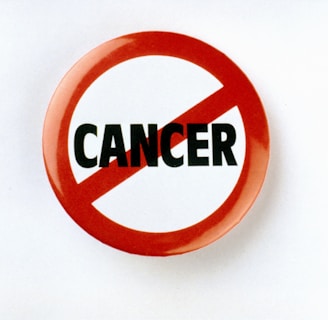Understanding the Top 5 Risk Factors of Melanoma
Learn about the Top 5 Risk Factors of Melanoma in this informative sample dermatology blog article. Educate yourself on how to protect against this serious skin condition.
Dr. Shakeel Zulfiqar
2 min read


One of the most dreaded diagnoses that no one wants to hear about is probably skin cancer. However, it is detected in a significant number of people each year. Therefore, it is sense to educate oneself on the risk factors that may raise the likelihood of melanoma skin cancer in the general population. Below is a discussion of the top 5 risk factors for melanoma skin cancers:
Sun Exposure and Ultraviolet (UV) Rays
Because of their nature, UV radiation from the sun can harm the DNA in your skin cells. The main risk factor for melanoma skin cancers is exposure to these radiation. Melanoma risk can be raised by prolonged exposure to the sun's rays.
Limiting your exposure to sunlight during peak hours, which are often between 10 a.m. and 4 p.m., is crucial for your own protection. It's also advised to use sun blocks with a high SPF rating. It is impossible to undervalue the significance of donning protective gear. These could include wearing white or light-colored umbrellas, clothing with longer sleeves, and hats with wide brims.
Moles
Moles, also known as "nevi," are pigmented cell clusters that show up on the skin as tiny, black spots. Despite the fact that most moles are benign, some should not be disregarded. Having "atypical" or "dysplastic" nevi may make melanoma more likely to occur. You should make it a habit to regularly examine oneself in order to guard against health issues.
You should keep an eye out for any obvious changes in the size, shape, or color of your moles because these could be signs of a malignant development. It is also advised to have a dermatologist examine you once a year.
Fair Skin, Hair & Eye Color
If you have lighter skin, eyes, or hair, you are more vulnerable to the harmful effects of UV rays. Naturally, there is less melanin in your skin, a pigment that protects against harmful UV radiation.
It is crucial to take additional steps to shield yourself from direct sunlight because of this. You should use sunscreen and wear protective clothes. Additionally, it's crucial to remember to apply sunscreen to your scalp.
Family History and Genetic factors
A powerful predictor of your risk of developing skin cancer is a family history of melanoma. One significant risk factor for melanoma skin tumors is inherited gene mutations.
You should talk to your healthcare provider about your screening choices if you have a positive family history of melanoma.
Age & Aging
One of the most important risk factors for the development of melanoma is age. People over the age of 50 account for about half of all melanoma situations.
This is due to the fact that as we age, the cumulative effects of UV exposure and other harmful environmental variables begin to show. Because of this, it is crucial to start practicing sun safety precautions at a young age. Similarly, from a young age, routine dermatological exams ought to be a part of medical care.